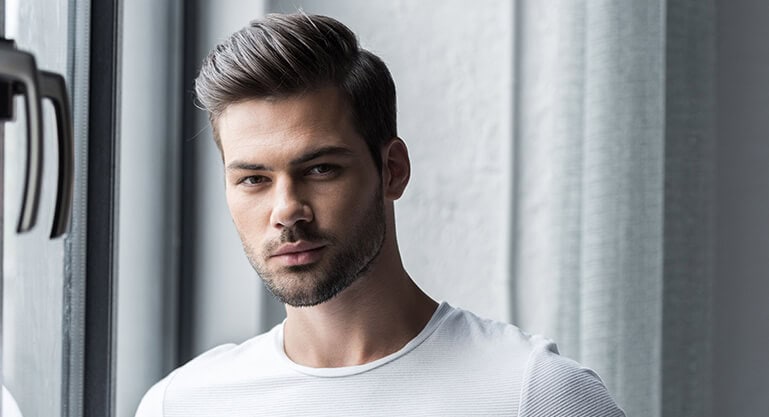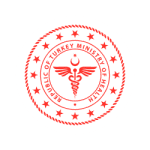Hair loss is a widespread issue affecting both men and women. In order to solve this problem, if you are considering hair transplantation, you are probably wondering how many grafts of hair you need to achieve your hairline. The number of grafts is an important factor in hair transplantation and can vary depending on many variables. In this article, we will examine the maximum number of grafts required in the hair transplantation process and the factors that are effective in determining this number
What is a Hair Graft?
A graft refers to the area where a group of hair follicles is located together with a small amount of skin. Typically, each graft contains 2 to 3 hair strands. The term graft refers to this part where the hair follicles are taken together with the skin. For example, 3000 grafts usually refers to 5000 to 7000 hair follicles.
If you are considering a hair transplant and want to get the best results, it is important to calculate your hair grafts correctly. Hair graft calculations are usually performed by specialists. These calculations are done to determine the number of hair grafts a person needs.
It is important to understand that a hair strand and a graft are different from each other. In a hair transplant procedure, when a graft is taken, it usually includes tissue containing 2 to 4 hair strands. Depending on the person’s hair loss, the amount of hair graft needed may vary. For this reason, hair graft calculation should be made by doctors or specialists before hair transplantation.













